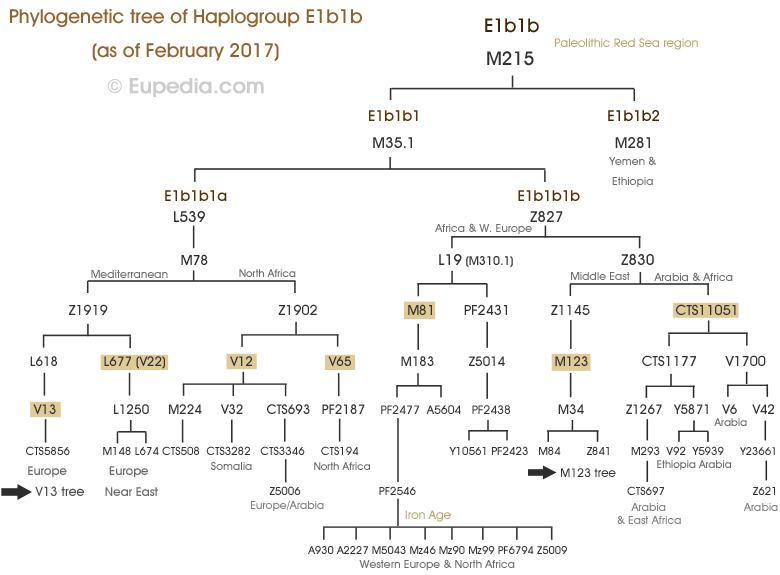Am I right in thinking that Sardinians are the closest non-africans population to Cushites?
They seem to be made up almost exclusively, of neolithic near-eastern farmers. Somalis have about 30-45% neolithic Middle-eastern DNA.
They seem to be made up almost exclusively, of neolithic near-eastern farmers. Somalis have about 30-45% neolithic Middle-eastern DNA.


